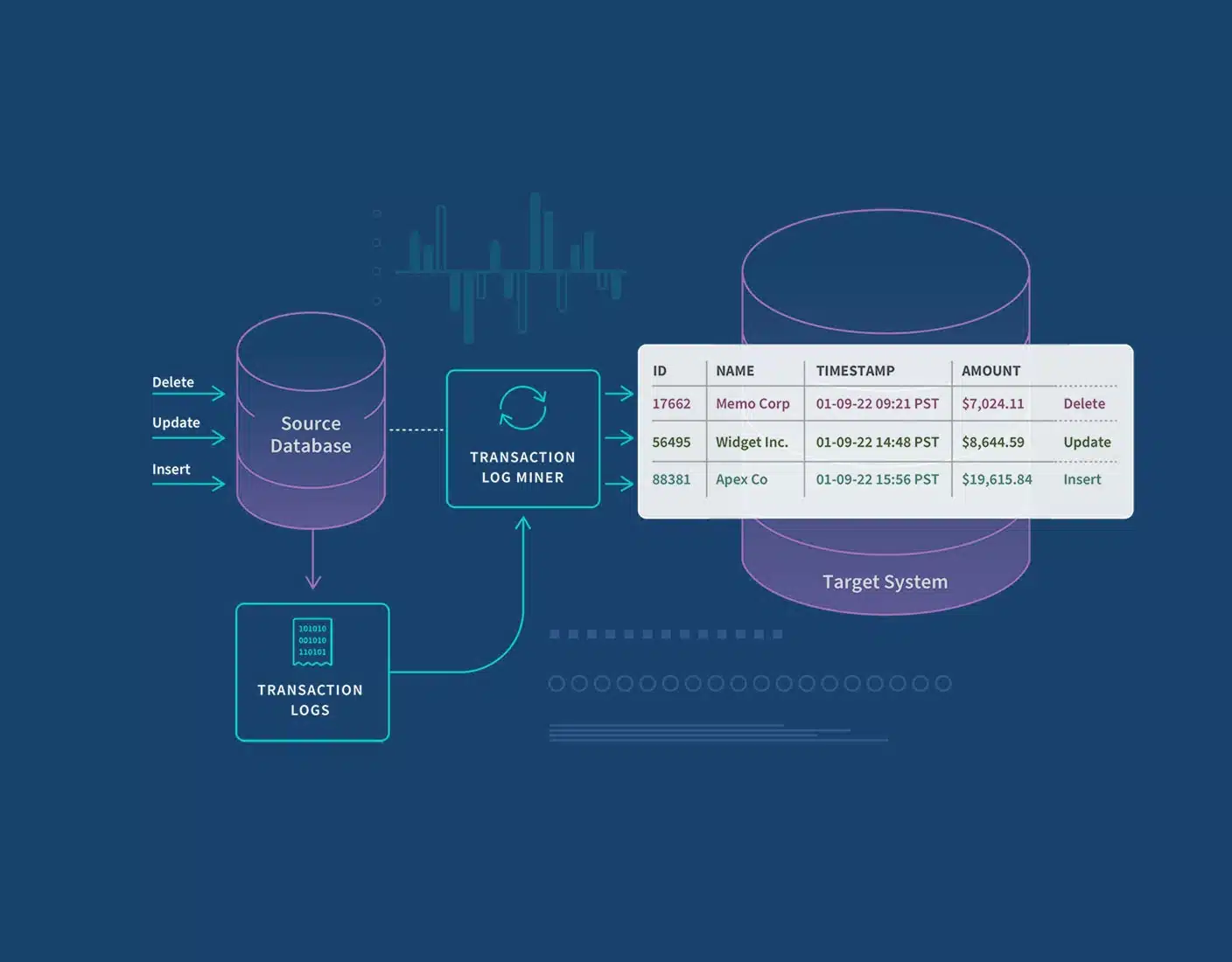Introduction
The impact of using data to drive analytics and derive insights cannot be overstated in today’s hyper-connected, applications-driven business and consumer environments.
Modern businesses and organizations rely on the power of data to make smarter, faster and real-time decisions and drive outcomes.
In today’s complex business landscape where opportunity is crucial, data is the fuel which powers growth and profitability for organizations and enterprises.
However, the value of data is unlocked when it is accurate, up-to-date and usable for generating real-time actionable insights.
Today it has become mission-critical for businesses to stay on top of changes in data as they happen to ensure data flows and pipelines are always making use of real-time data.
With changing times and emerging trends, types, scale, volume variety and velocity of data being created and as enterprises store, process and analyze more data, the complexity increases along with the volume with time.
This leads to slower applications, inconsistent data processes and room for missed opportunities.
As processes slow down, so does decision making and the growth and competitiveness of a business is affected negatively.
To ensure real-time data processing, updating and analysis, it has become essential for businesses to leverage the right tools and technology and get the most out of their data.
This is why modern data architecture based on cloud and real-time capabilities are on the rise as it allows database managers to immediately and instantly detect any incremental changes to the data.
As enterprises and companies continue to advance and evolve with the changing times and trends, they are increasingly adapting to cloud data warehouses and data lakes instead of relying on legacy database management servers located on-premise.
So, how can businesses convert perishable, transactional data to real-time, valuable data without compromising on speed, accuracy and business opportunities? The answer is Oracle CDC (Change Data Capture).
What is CDC?
Change Data Capture (CDC) is a modern day technology which is used for detecting and capturing real-time changes happening to any database.
CDC enables tracking changes to tables and storing them to a change table, which then can be used by an ETL (Extract Transform Load) process while establishing a connection which works in real-time between a data warehouse and applications.
Change Data Capture is used for identifying rows in a source table that have changed since the last instance of replication. CDC ensures replication of any changes to data, including – create/update/delete operations.
This means if any particular change is made in a relational database system then the changed records can be easily and seamlessly replicated and reflected by Oracle.
CDC can be implemented using three methods – Log based CDC, Trigger based CDC and using Custom CDC script. Irrespective of which CDC implementation method you choose, there are multiple advantages of using it for data replication.
Let us understand the advantages of using CDC:
- Faster: CDC makes bulk updates of a database, resulting in a lower number of replicated data points compared to an alternative replication method. Thus, it is faster as a synchronous data.
- Free Production Resources: CDC relies on logs for copying data, it is often used for moving data from production to analytics database. This replication process does not demand additional resources from a production database.
- Flexible: CDC is fully adaptable to any changes made in the database and table schemas, ensuring real-time changes can flow between publishers and subscribers.
- Low Network Burden: Oracle CDC works as a single point of source, thereby lowering the volume of transferred data over a network. This reduces the bandwidth required to flow over a network, and unburdens the network operations significantly.
- Synchronous Workflow: CDC works on logs for replicating databases, this makes it apt for replicating real-time data. Also, CDC can support streaming ETL pipelines which makes real-time analytics possible.
CDC ensures that any or all types of changes made to a database system, irrespective of how small or incremental they are, are captured and replicated as they occur, helping streamline and speed up data processing and analytics pipelines.
It empowers data administrators and database managers to create, update and delete operations faster, improving the delivery speeds and providing a seamless experience.
Implementing CDC in your workflow
As the need for accurate data becomes more critical, businesses must learn to leverage CDC for real-time and seamless data storage, replication, implementation and integration.
This is where Bryteflow can help enterprises and organizations move quickly and embrace the powerful capabilities of Oracle CDC for transforming your data environment.
Using Bryteflow, you can merge data from various sources such as – Oracle, Salesforce, SQL and SAP and transform data for various applications and functions.
As one of the fastest and easiest ways to achieve real-time data replication, Bryteflow has zero impact on source, making it a perfect high performance solution for data extraction, loading, merging and masking.
Thanks to its no-code, fully automated capabilities, Bryteflow works as a plug-and-play solution which does not require constant resources and human intervention.
Most importantly, Bryteflow offers enterprise grade security to ensure complete peace of mind for enterprises and organisations relying on business and consumer data.

